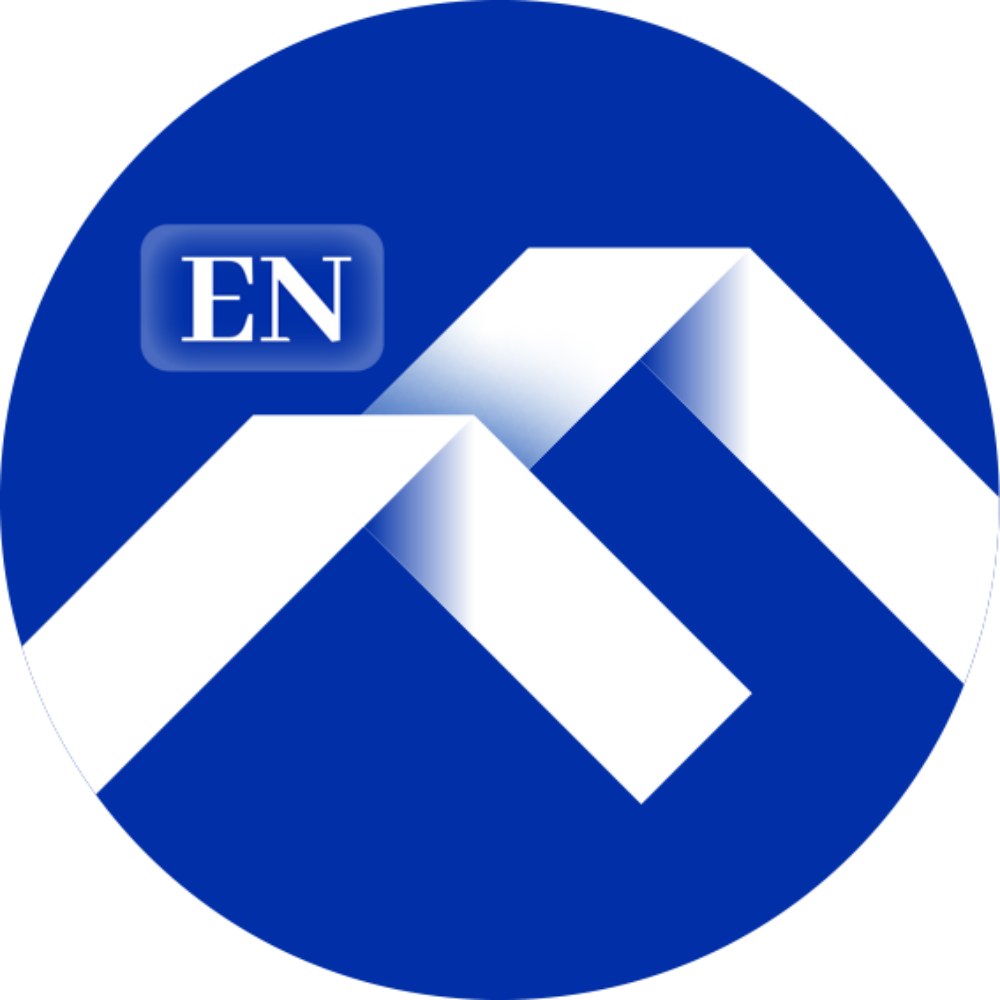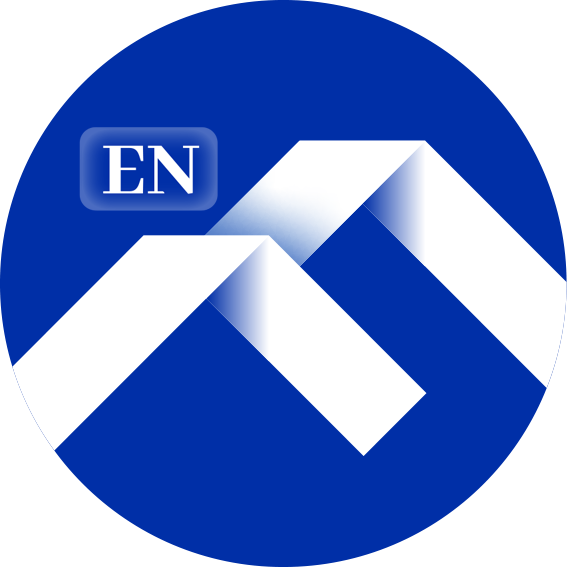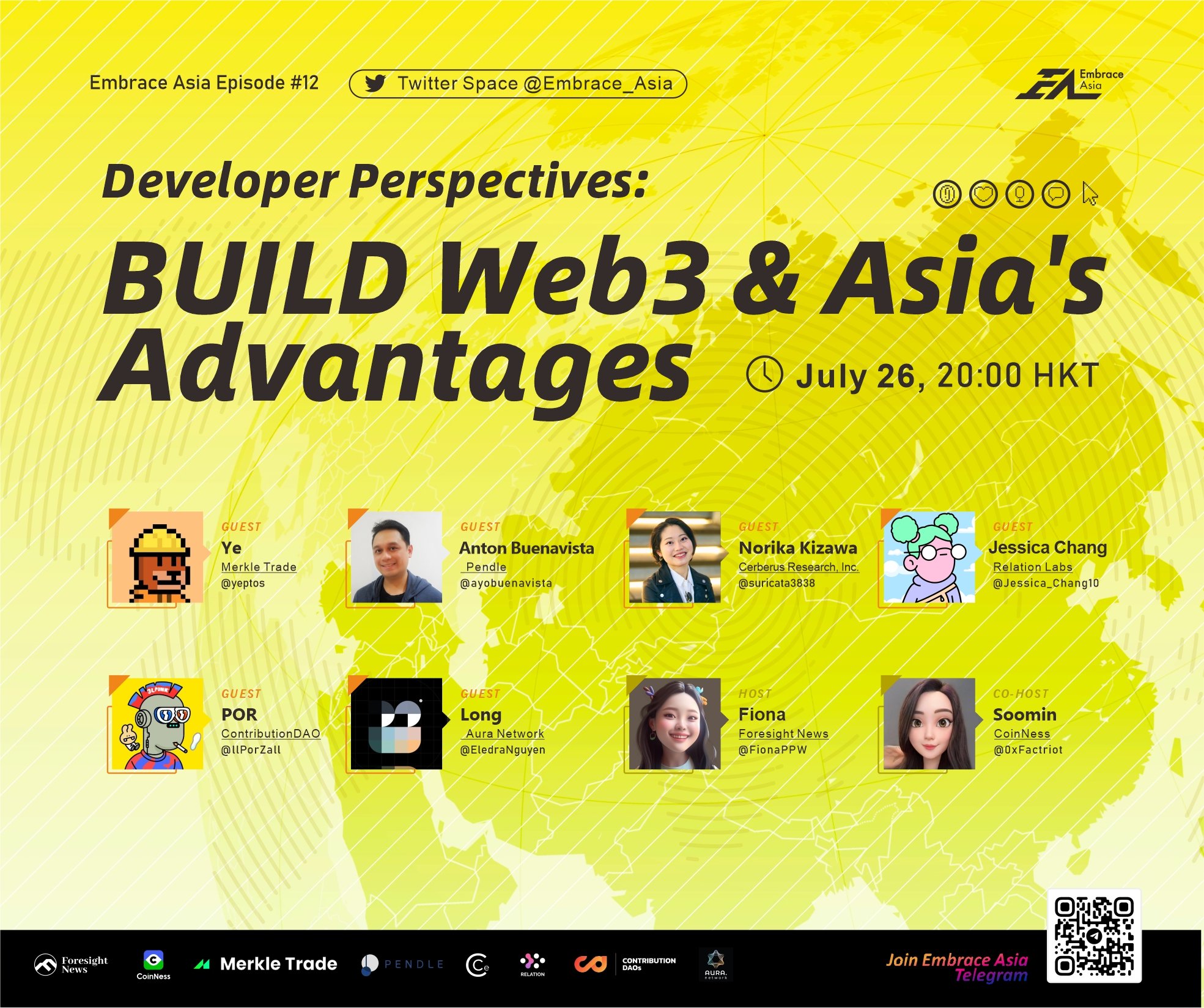On July 26, we invited a group of buidlers from Asia to our Space to share their thoughts on blockchain development, hackathons, and more.
Host: Fiona (Foresight News)
Co-host: Soomin (CoinNess)
Guest Speakes: Anton (Pendle), Ye (Merkle Trade), Norika (Certerus Research), Jessica ( Relation Labs), POR(ContributionDAO), Long( Aura Network)
Editor: Kean (Foresight News)
What’s the impact of regular hackathons and Grants for the Web3 industry? Are they always helpful for developers? Have you come across any impressive projects during these events?
POR: When developers participate in a grant program, it’s advantageous if their projects receive support not only in technical development but also in marketing and business aspects. Some developers are incredibly skilled at building innovative products but may lack expertise in business and marketing strategies.
Norika: In the world of Web3, we believe in breaking away from the monolithic approach of building everything within one company. Instead, we prioritize collaboration with small and midsize projects, as we find it more suitable and aligned with our vision.
Joining a grant program makes project partnerships much easier to achieve. The opportunity for collaboration becomes a prominent and valuable aspect of the process.
One of the most remarkable features of Web3 is the ability to cooperate with projects from any country and anywhere in the world. This global reach creates endless possibilities for innovation and fosters a diverse and dynamic ecosystem.
Anton: Hackathons are an essential part of tech culture, and not just in Web3 but across various fields. Grants, on the other hand, are typically offered by more established ecosystems like Optimism and Arbitrum. Their goal is to foster growth within their ecosystem, and they have the necessary resources to make it happen. Grants aren’t just limited to Web3 builders, they’re also open to talented Web2 developers looking to explore and make their mark in the Web3 space.
What are the key reasons currently stopping traditional Web2 developers from diving into the Web3 world?
Long: One major obstacle preventing people from entering the Web3 space is the market’s volatility. During a bull market, things are thriving, and projects receive generous grants. However, in a bear market, especially in Asia, it can be tough to find job opportunities if you lack experience from top companies, and some projects may struggle to survive.
Another key aspect of success in this field is having “skin in the game.” This means you must be willing to take risks and potentially experience both gains and losses. Being passionate about the Web3 culture and its unique dynamics is crucial.
Additionally, Web3 is still relatively new, and while young developers can adapt quickly, those with stable jobs might not have the time or inclination to switch to this new technology.
Ye: The lack of sufficient success stories of individuals transitioning from Web2 to Web3 hinders the creation of compelling use cases. To overcome this, we must draw unique propositions from those who have successfully made the switch, inspiring others to follow suit.
While we have witnessed significant growth in Web3 infrastructure, there is a noticeable shortage of applications for end-users. Investors are currently directing their funds towards infrastructure layers, paving the way for further development. The next crucial step is to allocate more resources to application layer projects. By doing so, we can expect the emergence of next-generation applications with expanded utility and broader use cases, attracting even more developers from Web2 to join the Web3 movement.
POR: In Thailand, job opportunities in the Web3 market are relatively limited compared to the positions offered by Web2 companies. Many Web2 developers are not familiar with blockchain projects and technologies, and they may feel uncertain about how to enter the Web3 space. As a result, there is a gap between the demand for Web3 talent and the availability of skilled developers in the region.
Jessica: I’ve noticed some interesting trends and great ideas emerging in the Web3 space. Many experienced Web2 developers are looking for mature business models and trying to adapt them to the rapidly evolving Web3 environment. However, in this space, simplicity and openness are key, so they often need to simplify and refine their models to fit the community-oriented nature of crypto-based projects.
It can be challenging to convince them that simple ideas can be highly successful in this space. Additionally, there’s a trend of copying Web2 business models into the Web3 world to attract more users. While this approach can be effective, it’s important for developers to understand and embrace the unique aspects of the Web3 community and ecosystem to truly thrive in this dynamic market.
Norika: In the Web3 space, some projects struggle to fulfill their promises, leading to a decrease in trust among users and developers. Unlike traditional projects, Web3 projects often have decentralized ownership, which means developers cannot have full control over every aspect. This lack of centralized control can be challenging for some Web3 developers, and it may lead to frustration and a dislike for the feeling of not having complete authority.
Personal Experience and career path:
Norika:
My career path in Web3 began around 4-5 years ago when I first delved into the world of cryptocurrency and blockchain during my university days. Working for a company that built a bitcoin side chain exchange market, I had the opportunity to meet bitcoin developers who impressed me with their awkward yet brilliant culture, different from what I learned in school.
As I delved deeper into the space, I also embarked on improving my English communication skills to thrive in the working environment. Soon, I joined a project with passionate bitcoin believers from different countries to build a trading system. The experience of collaborating with diverse minds was intriguing, and it ignited a desire to create something of my own in the crypto realm.
So, I co-founded my own company in Japan, where I reside, and focused on developing Web3 projects. Initially, I was enthusiastic about building a DeFi application but faced challenges due to Japan’s stringent regulations. However, a friend approached me with an opportunity to build an NFT project. The beauty was that, under Japanese law, NFTs were not recognized as cryptocurrencies, making transactions tax-free, which was an excellent starting point for both projects and investors.
Embracing this opportunity, we began venturing into NFT projects and GameFi initiatives. My background in computer science and mathematics, a unique and diverse field at my university, enabled me to approach these ventures from a multidisciplinary perspective.
Jessica:
Recently, I participated in ETHGlobal Paris as a hacker, where I developed a social APP product. This was my first ETHGlobal Hackathon, but I previously won the first prize in a Chinese Hackathon hosted by a top blockchain company in Shanghai for my product, Relations. As one of the few female builders in the industry, I take pride in my role as a co-founder.
The Chinese market offers vast opportunities, covering various fields like DeFi, GameFi, and SocialFi. With a dominant mobile-first approach, the Chinese market is actively engaged in Web3 development. Many Web2 developers in China are transitioning to Web3, seeking opportunities to build exciting projects. Additionally, the Chinese government shows great interest in exploring blockchain applications in supply chain and finance.
My background in mathematics and limited coding experience in university didn’t deter me. In 2017, I began writing quarter trading strategies and later formed a team to build products. Joining hackathons and focusing on niche demands helped us receive quick feedback from the market.
I’ve noticed that many builders and early founders share a similar experience, starting with small, elegant, and functional projects. Hackathons often appreciate creativity beyond the typical judging criteria. As a Chinese-Singaporean, I’m eager to contribute more to the thriving Web3 ecosystem, connecting with developers across the globe.
Ye:
My Web3 journey began at Kakao, a prominent internet corporation in South Korea. As one of the early members, I was the sole software engineer among approximately 100 employees. During my time there, I met my co-founder of Merkle Tree in 2012.
Working on numerous consumer-facing products, some of which became popular B2C offerings in South Korea, I gained invaluable experience. After leaving Kakao, I ventured into several B2C product start-ups, all based in South Korea.
Last February, Patrick and I embarked on our current journey. We set out to build a leverage tool farming protocol on Cliton, a Korean native L1 blockchain created by Kakao’s blockchain arm. Everything was progressing smoothly, and we secured investments. However, the market turmoil in May of last year forced us to pivot from our initial product to building Merkle Tree.
Despite the challenges, this experience has deepened our understanding of the core blockchain ecosystem. As a team, we remain committed to our dream of achieving mass adoption of blockchain technology. We are more optimistic than ever about the future of our products and the potential impact of our team.
Anton:
I’ve been actively involved in the crypto space since 2012 when I discovered Bitcoin. Intrigued by its potential, I closely followed its evolution and witnessed developments like Counterparty and Ethereum. While working as a software engineer at Intel, I made crypto my hobby, monitoring the entire space.
As the ICO boom hit Ethereum, startups began emerging across Asia, particularly in Singapore. I joined the decentralized exchange startup, Kaber, as an early member for around three years. Later, a group of friends from Kaber and I decided to venture into our own project, which is now known as Pendulum.
With a background in computer science, I’ve primarily focused on development but have taken on various responsibilities as my involvement in the space expanded. Although my journey might not be unique, it’s been an exciting and rewarding experience shared by many others who have been in the crypto space since its early days.
POR:
My entry into the Web3 world began in 2018 during the bear market when I joined the Mina Protocol project. There, I met my co-founder. This marked the beginning of my journey in the Web3 space.
After that, we initiated the Thaitarian community in Thailand, aiming to foster a strong Web3 community in the country. Last year, I made a significant decision to leave my old company and fully commit to contributing to DAO as a co-founder. In this role, I actively handle nod operations and lead the community, bringing impactful projects to the local Web3 community in Thailand.
Long:
My career path started with studying software engineering and working for software sourcing companies in Vietnam from 2013. Back then, crypto and blockchain were not on my radar, but I focused on distributed systems, security, and applied photography during my higher education and research in the academy.
It was in 2014 when I first encountered Ethereum and explored proof of work materials. However, at the time, crypto was primarily associated with illegal activities like Silk Road, and I didn’t take it too seriously.
In 2018, I returned to Vietnam and co-founded a blockchain enterprise with the intention of introducing the technology to businesses. We assisted several companies in Vietnam, Japan, and Taiwan in building their enterprise blockchains, using technologies like Hyperledger Fabric.
However, by 2021, we realized that the enterprise blockchain landscape lacked the excitement, innovation, and community that crypto and Web3 had. Recognizing the potential and impact of the crypto world, we made the decision to pivot. That’s when we founded our own Web3 project.
From a technological standpoint, I’ve been involved in this field for quite some time, but it was only in the last 1-2 years that I actively started working on a Web3 project.



